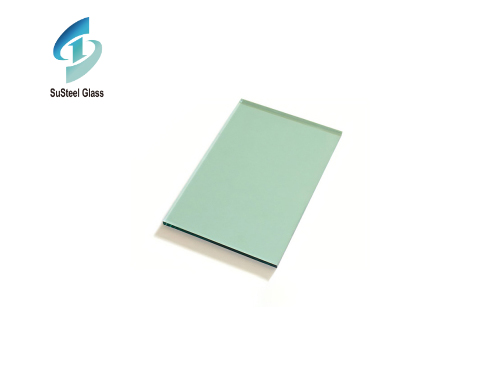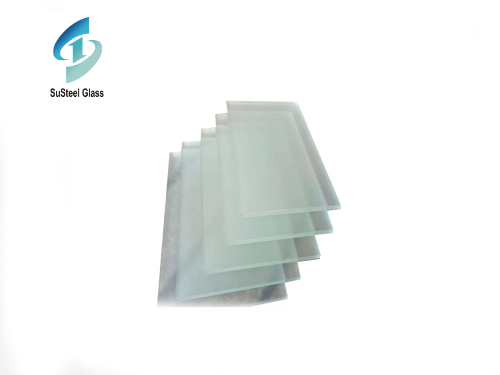
Stained glass, with its vibrant colors and intricate designs, has captivated the eyes and hearts of viewers for centuries. This ancient art form has adorned churches, cathedrals, and palaces, creating breathtaking displays of light and color that tell stories and evoke emotions. With a history spanning over a thousand years, stained glass continues to enchant and inspire, showcasing the masterful craftsmanship and artistic genius of its creators.
One of the most remarkable aspects of stained glass is the skill required to create it. Glaziers meticulously craft each piece, cutting and shaping colored glass to fit together like a puzzle. The glass is then held in place by strips of lead, known as cames, and secured with solder. This meticulous process requires patience, precision, and a deep understanding of color theory and design.
What sets stained glass apart from other art forms is its transformative power when struck by sunlight. When sunlight passes through the vibrant colors of stained glass, it creates a breathtaking display of luminosity and brilliance. The interplay of light and color breathes life into the images depicted, casting an ethereal glow that can transport the viewer to another realm.
In addition to their aesthetic appeal, stained glass windows have also served a practical purpose throughout history. They depicted biblical stories and religious iconography, serving as a visual aid for educating the masses about the tenets of Christianity. The windows became a conduit for spiritual enlightenment, casting divine light into the sacred spaces they adorned.
The true magic of stained glass lies in its ability to transform light. As sunlight filters through the glass, it is fragmented and refracted, casting a dance of colors and creating a unique ambiance within the space. The vibrant hues of red, blue, green, and gold come alive, breathing life into the scenes depicted on the glass.
 Exploring the World of Green Tinted Glass Products: Versatility and Sustainability
Exploring the World of Green Tinted Glass Products: Versatility and Sustainability
 Exploring the Versatility and Elegance of Custom Thick Glass
Exploring the Versatility and Elegance of Custom Thick Glass



